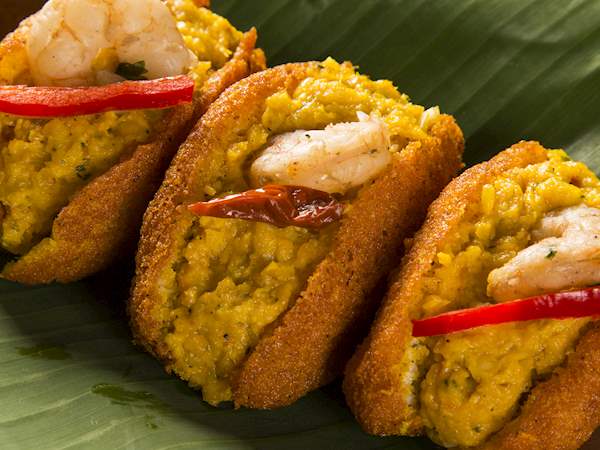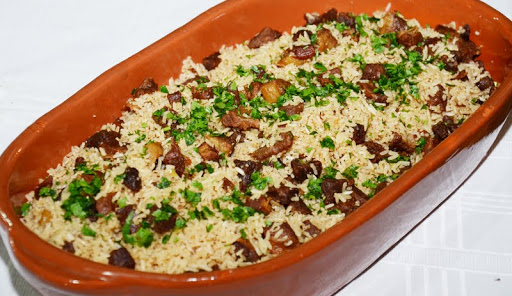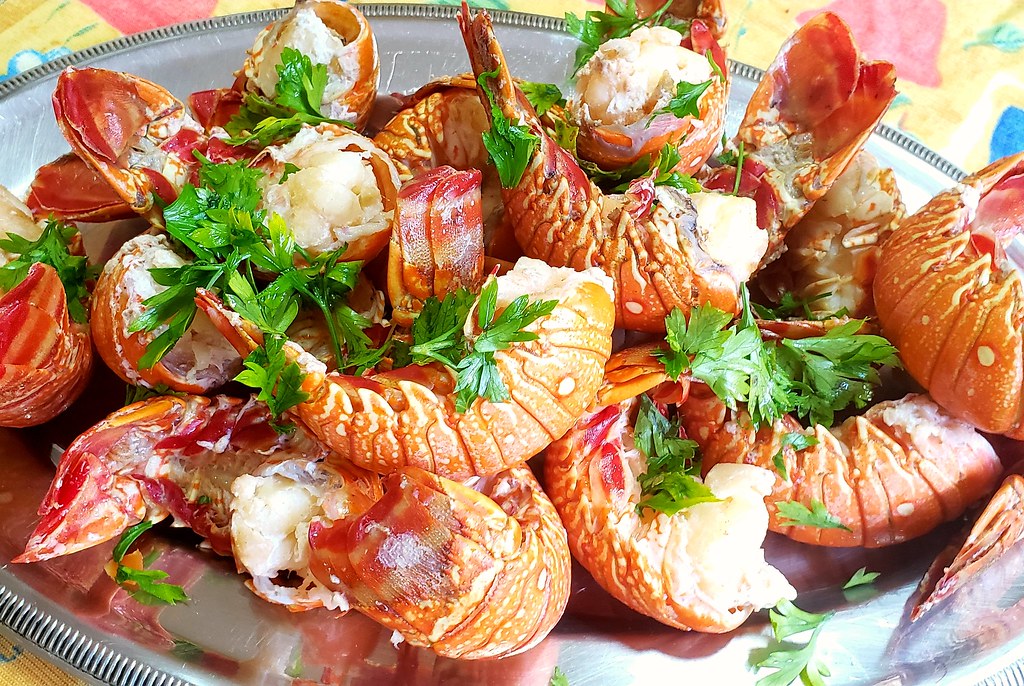Are you planning a trip to Brazil soon? That’s great news! But have you decided what you are going to eat there? Because besides its beautiful culture, iconic carnival festival and Amazon rainforest, Brazil has
Are you planning a trip to Brazil soon? That’s great news! But have you decided what you are going to eat there? Because besides its beautiful culture, iconic carnival festival and Amazon rainforest, Brazil has so much more to offer, including its delicious delicacies.
Typical Brazilian cuisine is usually unforgettable for many reasons, including the remarkable seasoning and the differentiated experience for those who taste it. It is undeniable that one of the best parts of any trip is to immerse yourself in the flavors of the local cuisine and in a country as continental in size as ours, there are always new dishes to discover!
And if you are looking for some food inspiration, you’ve reached the right place. In this article, we list some of the favorite dishes of each state. Happy reading and enjoy the tantalizing Brazilian flavors!
Amapaense: Roasted Shrimp on Pan
Roasted Shrimp on Pan (or Shrimp no bafo as they say there) has been designated as the typical main dish of the state of Amapá, being among the main Brazilian foods. It is so popular there that the capital Macapá even organizes contests to choose the restaurant that prepares the best shrimp in the city. In the recipe, besides shrimp, there are pepper, onion and tomato, with a touch of cachaça (a distilled spirit made from fermented sugarcane juice).
In addition, other dishes cited as typical foods of Amapá are maniçoba, made from Manioc plant leaves, and açaí, all of which are widely consumed in other states of the northern region. While here in the Southeast, açaí (which is becoming worldly famous) is a dessert that accompanies products such as condensed milk and powdered milk, in Amapá you eat it with your food, as if it were a bean.
Bahian: Acarajé

Acarajé is one of the most famous typical food of the state of Bahia, very famous among Brazilian foods. Easy to find in Salvador, it is a cake fried in palm oil, made of black-eyed beans, salt, garlic, ginger, onion and stuffed with shrimp. If you are asked if you prefer “hot or cold”, it is really about the level of chili. The hotter it is, the hotter your acarajé will be.
Espírito Santo: Moqueca Capixaba
The Moqueca Capixaba is traditional stew from Espírito Santo. Also widely consumed in Bahia, in Espírito Santo, the moqueca has a totally different preparation. It does not use, for example, coconut milk or palm oil, replaced by an orange-red condiment and food coloring derived from the seeds of the achiote tree and tomatoes to give color to the stew. In general, it is a dish prepared in a clay pot and composed of cooked fish (perhaps dogfish) with other seafood such as shrimp, in addition to seasoning.
Mato Grosso: Maria Isabel Rice

Maria Isabel rice is the most traditional dish in Mato Grosso and is one of the best Brazilian foods. Prepared with dried meat, it is widely eaten for breakfast and is so hearty that it even resembles lunch.
Alagoas: Coconut Sururu
Coconut sururu is the main typical food of the state of Alagoas, according to the inhabitants of this state. This crustacean can become an appetizing stew and does not appear by chance on the menu of many restaurants. The cuisine of Alagoas, one of the most important in the Brazilian diet, attracts tourists for the variety of seafood, with several dishes prepared with fish, shellfish, mollusks, shrimp, and many others.
In addition to coconut sururu, participants also mentioned tapioca pudding and couscous from Alagoas.
All these dishes make your mouth water, don’t they? We’re sure you can’t wait to try them! What’s the most delicious traditional dish you’ve ever tasted? Leave it in the comments below.
And if you want to be inspired by other Brazilian dishes for your trip, don’t forget to come back and check out the second part of our article.

